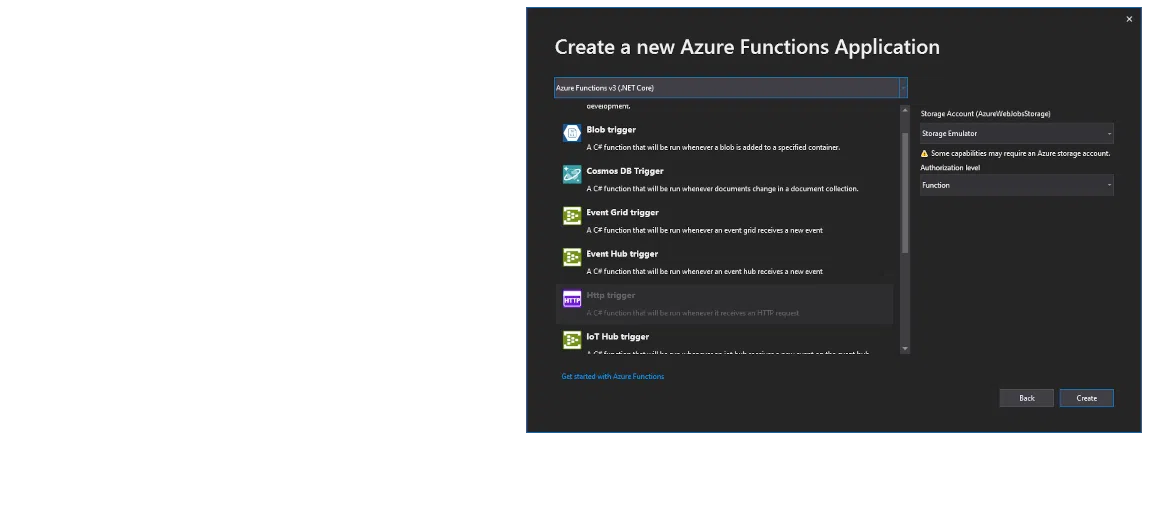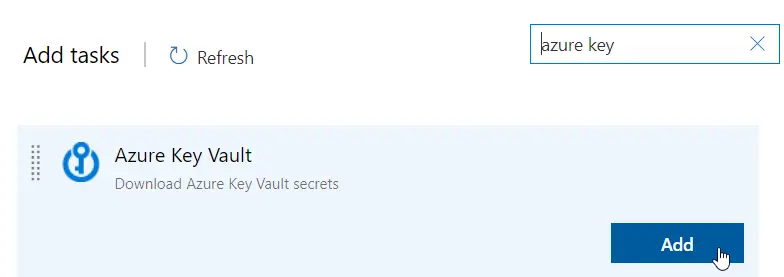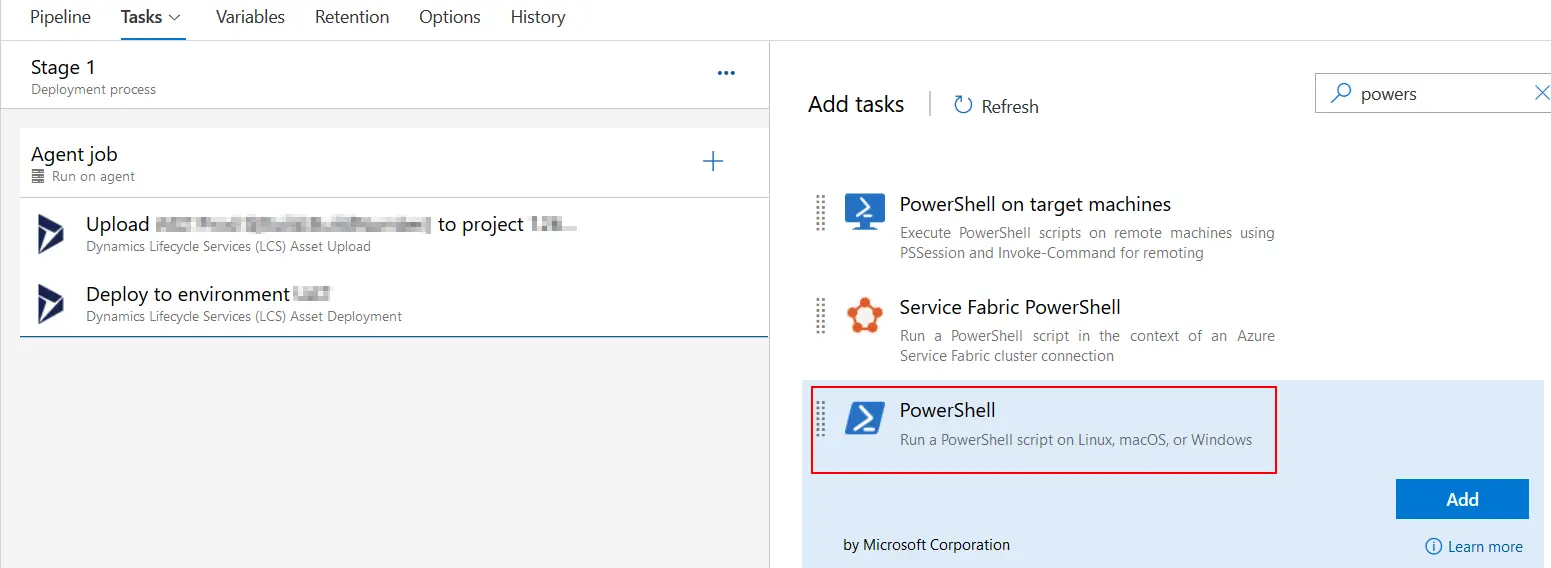Moving data from the production to a sandbox environment is something we regularly have to do to have real updated data to do some testing or debugging. It’s a process that takes time and that can be automated as I explained in the post LCS DB API: automating Prod to Dev DB copies.
In this post, I’ll add an extra step to the database refresh: restore a data package (DP). Why? Because I’m sure we all need to change some parametrization or some endpoints in our test environments after a prod refresh.
You can learn more about the DMF REST API, which I’ll use, reading this post from Fabio Filardi: Dynamics 365 FinOps: Batch import automation with Azure Functions, Business Events and PowerBI.
You can learn more about the LCS DB REST API by reading these posts I wrote some time ago. You might want to read them because I’m skipping some steps which are already explained there:






